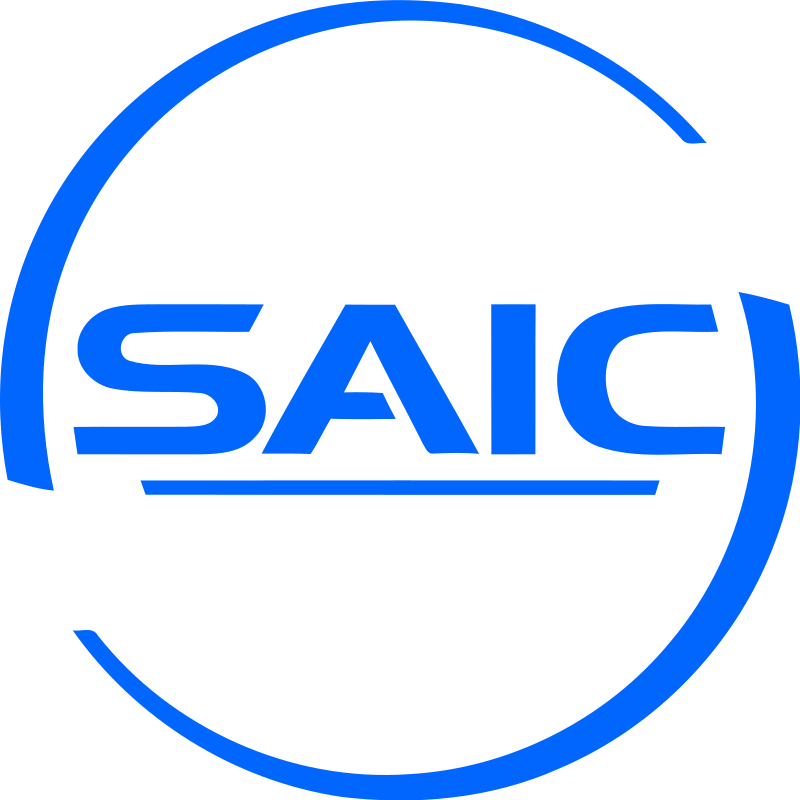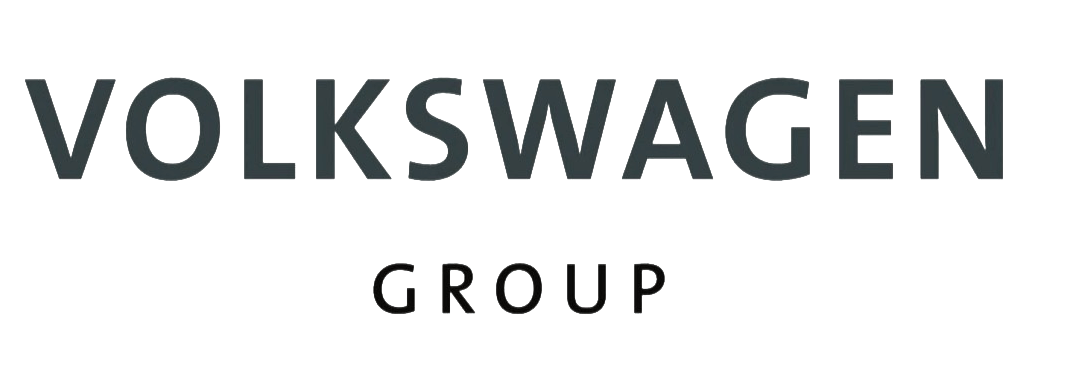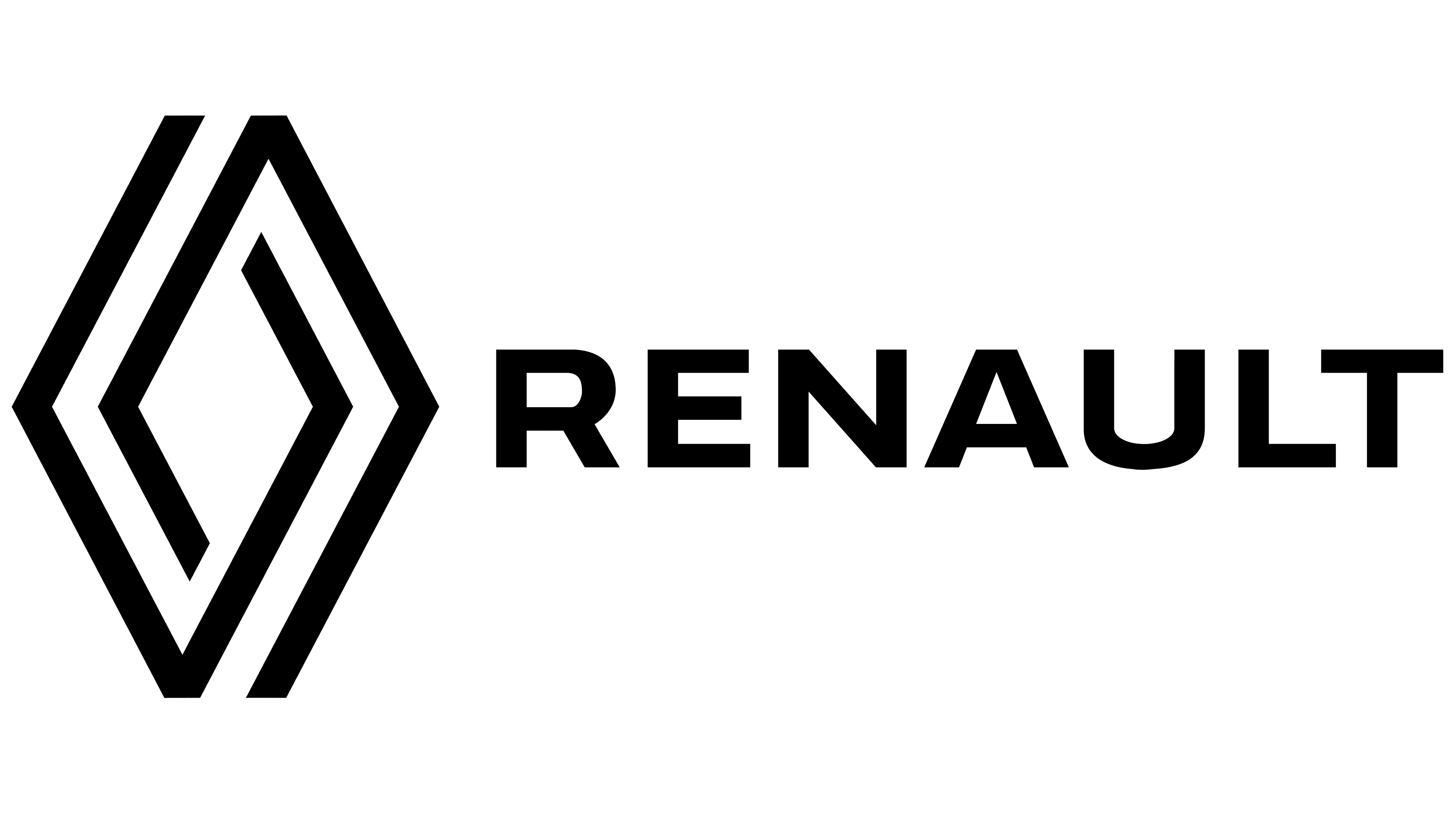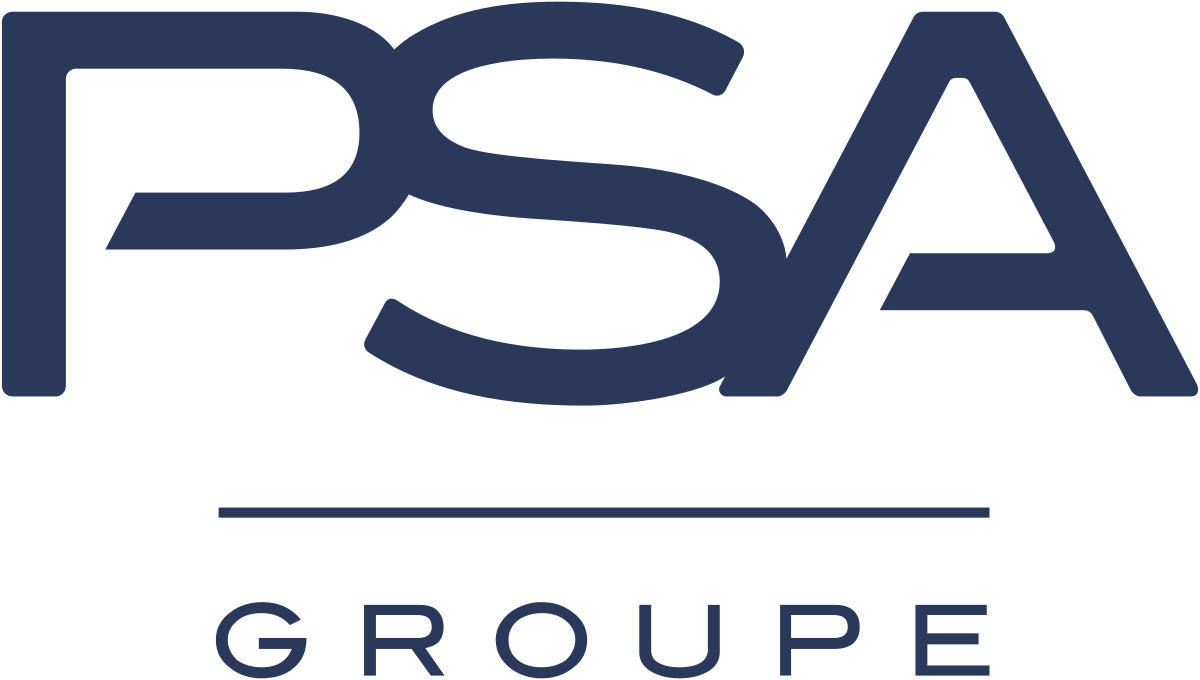Global Lithium-Ion Battery Recycling Market Insights, Growth, Share, Size: By Battery Type, By Source, By Recycling Process, By Region & Segmental Forecast, 2023-2031, Comparative Analysis and Trends
- Industry: Automotive & Transportation
- Report ID: TNR-110-964
- Number of Pages: 420
- Table/Charts : Yes
- November, 2023
- Base Year : 2024
- No. of Companies : 10+
- No. of Countries : 29
- Views : 10189
- Covid Impact Covered: Yes
- War Impact Covered: Yes
- Formats : PDF, Excel, PPT
Global Lithium-Ion Battery Recycling Market Valued USD 2.65 Bn in 2022, with an Estimated CAGR of 22.49% (2023- 2031)
Lithium-ion battery recycling is the process of recovering valuable materials from used or discarded lithium-ion batteries to be reused in new batteries or other applications. Lithium-ion batteries are commonly found in electronic devices like smartphones, laptops, and electric vehicles due to their high energy density and long cycle life. However, these batteries can degrade over time or become obsolete, leading to the need for proper disposal or recycling to minimize environmental impact and promote resource conservation. As the demand for lithium-ion batteries continues to grow, effective recycling practices will become increasingly important to mitigate environmental impacts and ensure resource availability and overll growth of the global lithium-ion battery recycling market.
Global Lithium-Ion Battery Recycling Market Revenue & Forecast, (US$ Million), 2022 – 2031

Global Lithium-Ion Battery Recycling Market Challenges
On numerous levels, lithium-ion battery recycling offers tremendous hurdles. The complex structure of battery chemistries presents challenges, necessitating substantial research and development efforts to optimise recycling methods for various types of batteries. Given the possible risks connected with handling and processing these batteries, safety considerations loom large. Furthermore, the lack of standardised recycling infrastructure complicates operations. However, as the globe rises beneath the urgent need for long-term solutions, coordinated initiatives across government agencies, business leaders, and academic institutions are establishing a route ahead. These collaborations drive unwavering innovation, with a focus on enhancing recycling efficiency, implementing safe handling methods, and constructing a robust recycling ecosystem capable of handling the increasing flood of discarded batteries.

Lithium-ion batteries are predominantly utilised in consumer electronics, such as computers, phones, tablets, and other electronic devices. Their applicability has grown over time to include stationary storage applications as well as electric vehicles (EVs).
These batteries are popular because to their long-term performance, high energy and power density, capacity to keep a charge for an extended period of time, low self-discharge rates, and quick charging rates. Consumer gadgets and electric vehicles are already adding to the mass of old lithium-ion batteries, forcing manufacturers to make new ones on a regular basis. According to industry estimates, more than 10 million metric tonnes of lithium-ion batteries would be utilised by 2030 which will drive the growth of the global Lithium-ion battery recycling market.

Lithium-ion battery recycling in North America has been growing in importance due to the increasing use of lithium-ion batteries in various applications, including electric vehicles, consumer electronics, and renewable energy systems. Besides market participants in North America are looking forward to establishing new plants to increase their recycling capacity. In April 2023, Ascend Elements opened a recycling plant in Covington, Georgia where they can process 30,000 metric tons of input each year, breaking down old batteries and later prepping the most valuable materials inside to be handled and turned into new batteries. Thus with favorable government initiatives and advancements in the recycling technologies the lithium-ion battery recycling market will exponentially grow in North America.
Competitive Landscape
A few of the players operating in the global lithium-ion battery recycling market are:
- American Battery Technology Company
- Cirba Solutions
- Duesenfeld GmbH
- East Penn Manufacturing
- Ecobat
- Exide Industries Limited
- Fortum
- Ganfeng Lithium Group Co., Ltd.
- LG Energy Solution Ltd.
- Li-Cycle Corp
- Lithion Technologies
- LOHUM
- RecycLiCo Battery Materials Inc.
- Redwood Materials, Inc.
- Umicore N.V.
- Other market participants
Global Lithium-Ion Battery Recycling Market Report Coverage
| Report Specifications | Details |
| Market Revenue in 2022 | US$ 2.65 Billion |
| Market Size Forecast by 2031 | US$ 9.2 Billion |
| Growth Rate (CAGR) | 22.49% |
| Historic Data | 2015 – 2021 |
| Base Year for Estimation | 2022 |
| Forecast Period | 2023 – 2031 |
| Report Inclusions | Market Size & Estimates, Market Dynamics, Competitive Scenario, Trends, Growth Factors, Market Determinants, Key Investment Segmentation, Product/Service/Solutions Benchmarking |
| Segments Covered | By Battery Type, By Source, By Recycling Process |
| Regions Covered | North America, Europe, Asia Pacific, Middle East & Africa, Latin America |
| Countries Covered | U.S., Canada, Mexico, Rest of North America, France, The UK, Spain, Germany, Italy, Nordic Countries (Denmark, Finland, Iceland, Sweden, Norway), Benelux Union (Belgium, The Netherlands, Luxembourg), Rest of Europe, China, Japan, India, New Zealand, Australia, South Korea, Southeast Asia (Indonesia, Thailand, Malaysia, Singapore, Rest of Southeast Asia), Rest of Asia Pacific, Saudi Arabia, UAE, Egypt, Kuwait, South Africa, Rest of Middle East & Africa, Brazil, Argentina, Rest of Latin America |
| Key Players | American Battery Technology Company, Cirba Solutions, Duesenfeld GmbH, East Penn Manufacturing, Ecobat, Exide Industries Limited, Fortum, Ganfeng Lithium Group Co., Ltd., LG Energy Solution Ltd., Li-Cycle Corp, Lithion Technologies, LOHUM, RecycLiCo Battery Materials Inc., Redwood Materials, Inc., Umicore N.V., Other Industry Participants |
| Customization Scope | Customization allows for the inclusion/modification of content pertaining to geographical regions, countries, and specific market segments. |
| Pricing & Procurement Options | Explore purchase options tailored to your specific research requirements |
| Contact Details | Consult With Our Expert
Japan (Toll-Free): – +81 663-386-8111 South Korea (Toll-Free): – +82-808- 703-126 Saudi Arabia (Toll-Free): – +966 800 850 1643 United States: +1 302-232-5106 United Kingdom: +447537105080 E-mail: askanexpert@thenicheresearch.com
|
Global Lithium-Ion Battery Recycling Market
By Battery Chemistry
- Lithium Cobalt Oxide (LiCoO2)
- Lithium Manganese Oxide (LiMn2O4)
- Lithium Nickel Manganese Cobalt Oxide (LiNiMnCoO2)
- Lithium Iron Phosphate (LiFePO4)
- Lithium Nickel Cobalt Aluminum Oxide (LiNiCoAlO2)
- Lithium Titanate (Li2TiO3)
By Source
- Electric Vehicles
- Electronic Devices
- Industrial Equipment
- Medical Devices
- Others
By Recycling Process
- Pyro- metallurgy
- Hydrometallurgy
- Direct Recycling
By Region
- North America (U.S., Canada, Mexico, Rest of North America)
- Europe (France, The UK, Spain, Germany, Italy, Nordic Countries (Denmark, Finland, Iceland, Sweden, Norway), Benelux Union (Belgium, The Netherlands, Luxembourg), Rest of Europe)
- Asia Pacific (China, Japan, India, New Zealand, Australia, South Korea, Southeast Asia (Indonesia, Thailand, Malaysia, Singapore, Rest of Southeast Asia), Rest of Asia Pacific)
- Middle East & Africa (Saudi Arabia, UAE, Egypt, Kuwait, South Africa, Rest of Middle East & Africa)
- Latin America (Brazil, Argentina, Rest of Latin America)
Report Coverage and Deliverables
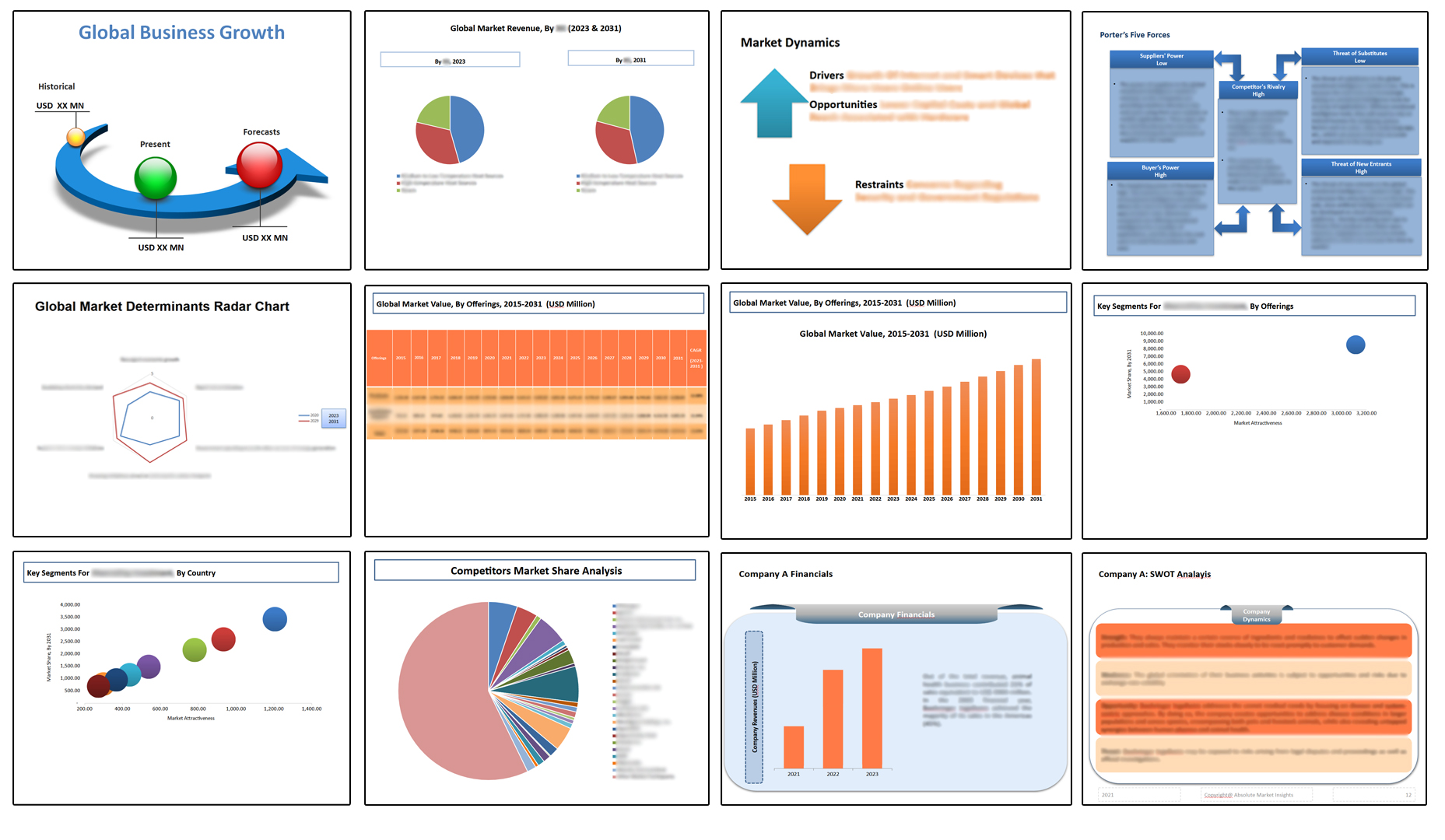
Table of Contents
Note: This ToC is tentative and can be changed according to the research study conducted during the course of report completion.
**Exclusive for Multi-User and Enterprise User.
Global Lithium-Ion Battery Recycling Market Segmentation
By Battery Chemistry
By Source
By Recycling Process
By Region
**Note: The report covers cross-segmentation analysis by region further into countries
The Niche Research approach encompasses both primary and secondary research methods to provide comprehensive insights. While primary research is the cornerstone of our studies, we also incorporate secondary research sources such as company annual reports, premium industry databases, press releases, industry journals, and white papers.
Within our primary research, we actively engage with various industry stakeholders, conducting paid interviews and surveys. Our meticulous analysis extends to every market participant in major countries, allowing us to thoroughly examine their portfolios, calculate market shares, and segment revenues.
Our data collection primarily focuses on individual countries within our research scope, enabling us to estimate regional market sizes. Typically, we employ a bottom-up approach, meticulously tracking trends in different countries. We analyze growth drivers, constraints, technological innovations, and opportunities for each country, ultimately arriving at regional figures.Our process begins by examining the growth prospects of each country. Building upon these insights, we project growth and trends for the entire region. Finally, we utilize our proprietary model to refine estimations and forecasts.
Our data validation standards are integral to ensuring the reliability and accuracy of our research findings. Here’s a breakdown of our data validation processes and the stakeholders we engage with during our primary research:
- Supply Side Analysis: We initiate a supply side analysis by directly contacting market participants, through telephonic interviews and questionnaires containing both open-ended and close-ended questions. We gather information on their portfolios, segment revenues, developments, and growth strategies.
- Demand Side Analysis: To gain insights into adoption trends and consumer preferences, we reach out to target customers and users (non-vendors). This information forms a vital part of the qualitative analysis section of our reports, covering market dynamics, adoption trends, consumer behavior, spending patterns, and other related aspects.
- Consultant Insights: We tap into the expertise of our partner consultants from around the world to obtain their unique viewpoints and perspectives. Their insights contribute to a well-rounded understanding of the markets under investigation.
- In-House Validation: To ensure data accuracy and reliability, we conduct cross-validation of data points and information through our in-house team of consultants and utilize advanced data modeling tools for thorough verification.
The forecasts we provide are based on a comprehensive assessment of various factors, including:
- Market Trends and Past Performance (Last Five Years): We accurately analyze market trends and performance data from preceding five years to identify historical patterns and understand the market’s evolution.
- Historical Performance and Growth of Market Participants: We assess the historical performance and growth trajectories of key market participants. This analysis provides insights into the competitive landscape and individual company strategies.
- Market Determinants Impact Analysis (Next Eight Years): We conduct a rigorous analysis of the factors that are projected to influence the market over the next eight years. This includes assessing both internal and external determinants that can shape market dynamics.
- Drivers and Challenges for the Forecast Period:Identify the factors expected to drive market growth during the forecast period, as well as the challenges that the industry may face. This analysis aids in deriving an accurate growth rate projection.
- New Acquisitions, Collaborations, or Partnerships: We keep a close watch on any new acquisitions, collaborations, or partnerships within the industry. These developments can have a significant impact on market dynamics and competitiveness.
- Macro and Micro Factors Analysis:A thorough examination of both macro-level factors (e.g., economic trends, regulatory changes) and micro-level factors (e.g., technological advancements, consumer preferences) that may influence the market during the forecast period.
- End-User Sentiment Analysis: To understand the market from the end-user perspective, we conduct sentiment analysis. This involves assessing the sentiment, preferences, and feedback of the end-users, which can provide valuable insights into market trends.
- Perspective of Primary Participants: Insights gathered directly from primary research participants play a crucial role in shaping our forecasts. Their perspectives and experiences provide valuable qualitative data.
- Year-on-Year Growth Trend: We utilize a year-on-year growth trend based on historical market growth and expected future trends. This helps in formulating our growth projections, aligning them with the market’s historical performance.
Research process adopted by TNR involves multiple stages, including data collection, validation, quality checks, and presentation. It’s crucial that the data and information we provide add value to your existing market understanding and expertise. We have also established partnerships with business consulting, research, and survey organizations across regions and globally to collaborate on regional analysis and data validation, ensuring the highest level of accuracy and reliability in our reports.


